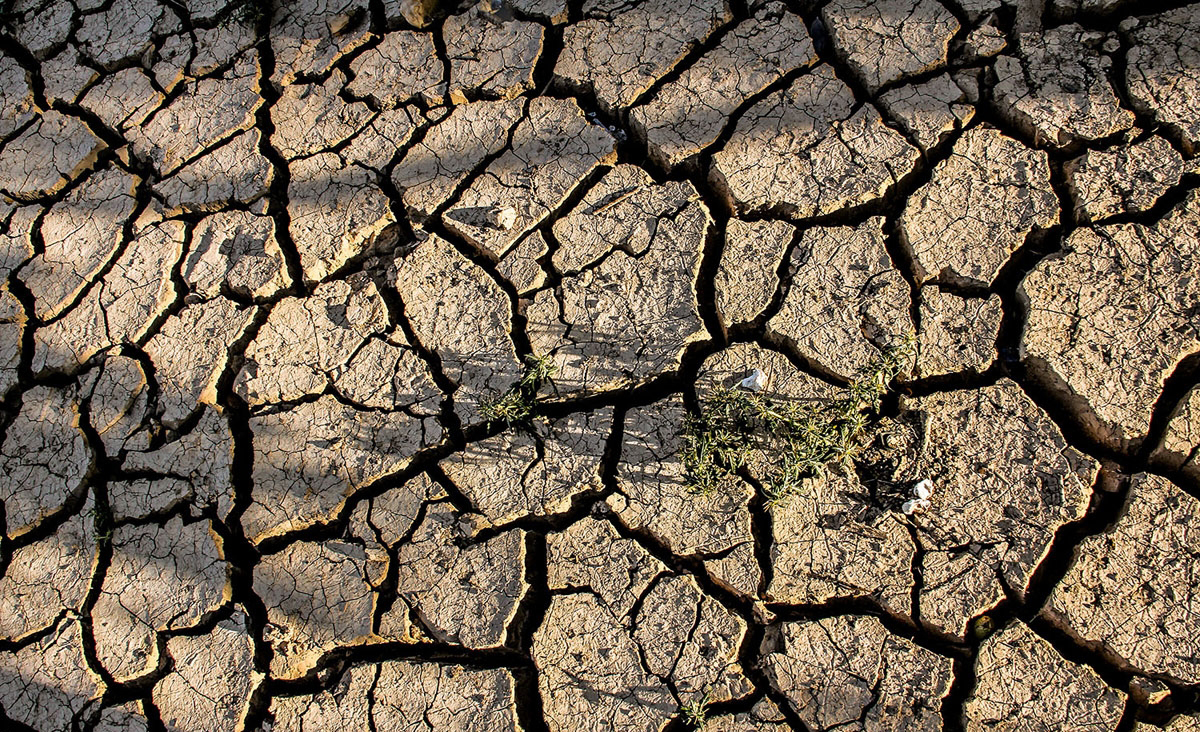The high level of water behind dams cannot guarantee the supply of potable water in the long run, as long as the overworked water utilities are not overhauled, a deputy energy minister for water and wastewater affairs said.
"Some 300 major cities across Iran are on the verge of water tensions. Part of the plight comes down to aging and insufficient water processing and supply facilities, and budget constraints to expand infrastructure," Rahim Meydani was also quoted as saying by ISNA on Sunday.
Highlighting the importance of annual maintenance and repair works on installations, including pumps, Meydani noted without elaboration that proposals have been suggested to tackle potable water shortage in the country, but as long as new initiatives are not developed, even the rise in precipitation cannot redress the problem.
According to the official, due to financial constraints, major water projects, including wastewater treatment plants, are not implemented as scheduled and "that is why stable water supply has turned into a formidable challenge."
Pointing to water woes in the central Isfahan Province, Meydani noted, "Located in an arid region of Iran with minimal annual precipitation, the province has struggled with drought for nine years. Various problems such as limited water resources in the central parts of Isfahan, Zayandehroud in particular, challenge the metropolis."
Asked about consumption peaks, he said that during the week, water use reaches a high point between 4 p.m. and 9 p.m., but on the weekend (Thursday and Friday), consumption peaks from 10 a.m. to 2 p.m.
Analysts say Iran's water reserves are adequate to supply the needs of its 80-million population, but poor management and excessive consumption have made things difficult.
“Fortunately, precipitation has been above expectation in the present water year (ending in September). However, wasteful and imprudent consumption patterns should be corrected,” he added.
Meydani noted that excessive water use in the agriculture sector must be addressed, as more than 14% of water transferred through the water grid are wasted due to wear and tear of pipelines.
--- Low Tariffs
Hamidreza Janbaz, managing director of Tehran Water and Wastewater Company, said despite the significance of expanding water infrastructure, low water tariffs have made people oblivious to the fact that they must consume water judiciously and help mitigate the effects of water shortages.
According to Janbaz, per capita water consumption has decreased to less than 200 liters per day.
Nonetheless, as Iran is in one of the world’s most water-stressed regions, that is “still a considerable amount” and plans should be devised to further curb consumption.
Environmentalists and experts have for years appealed to the masses to cut water consumption and urged officials to undertake meaningful reforms. But as the worsening water situation demonstrates, their appeals have fallen on deaf ears.
There is a strong consensus that should water consumption patterns not change in the near future, many parts of the country will turn into huge swathes of barren land and vast deserts.


